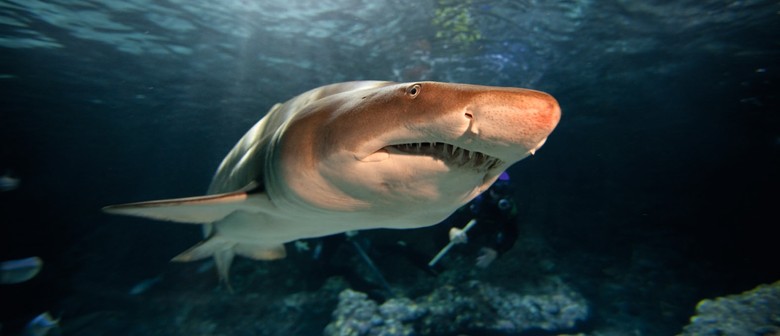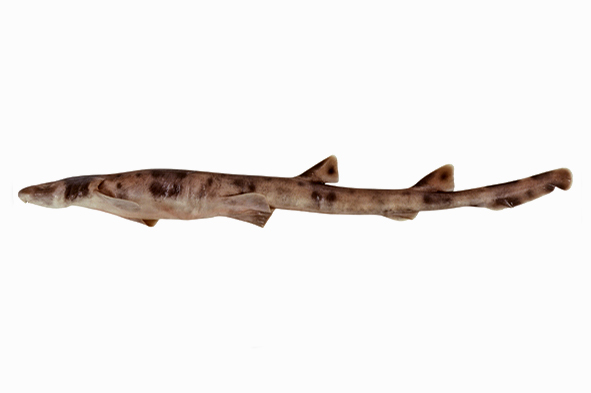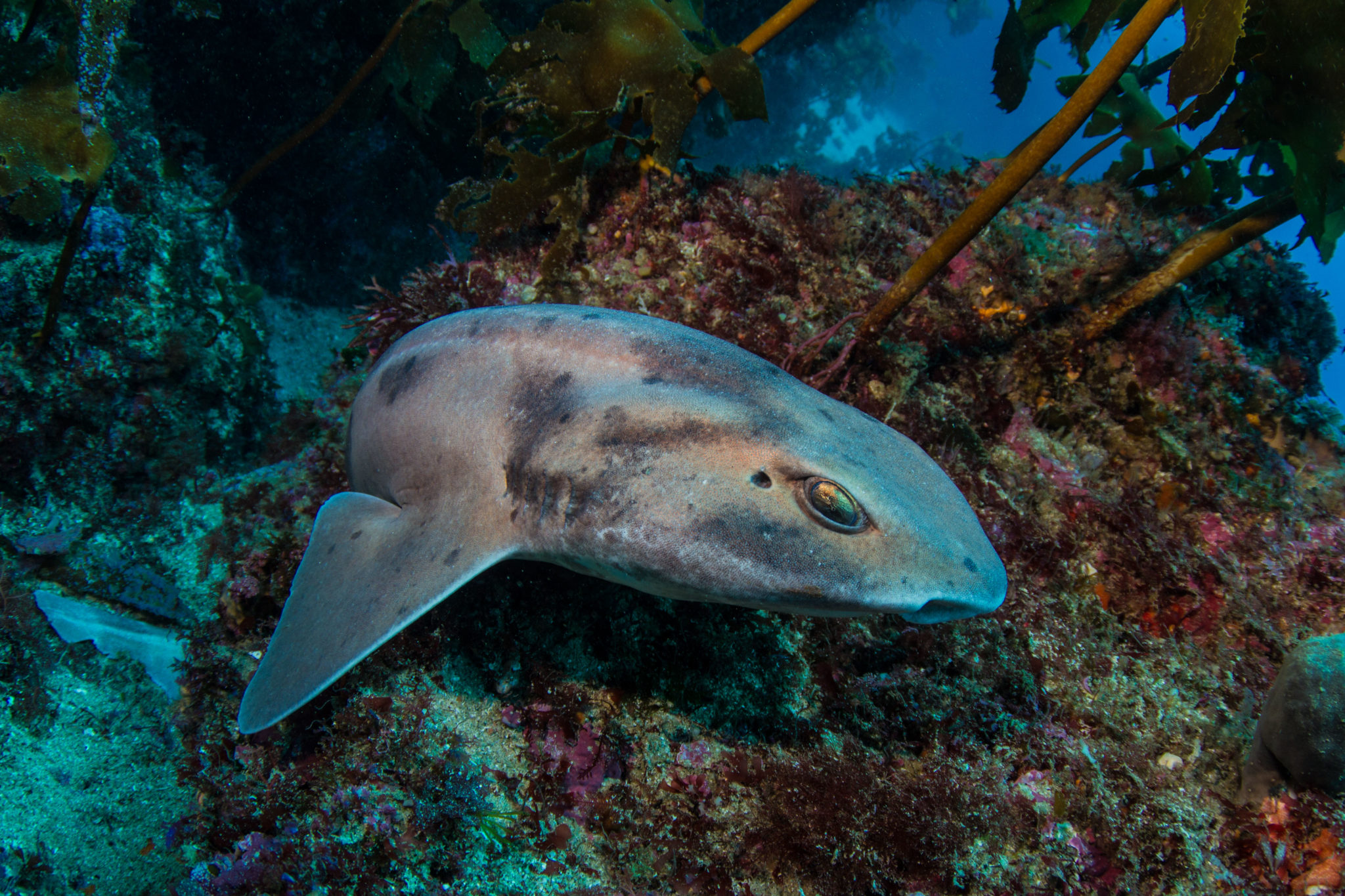Carpet Shark New Zealand

The new zealand carpet shark is also found in southern australia.
Carpet shark new zealand. It is brown mottled and spotted with darker brown. In shape the carpet shark somewhat approaches the spreading form of a sting ray. Graham in i dpywlgo3 a treasury of new zealand fishes i dpywlgo3 canada and the united states carried on large scale fisheries and canneries for utilising dogfish where it was sold as greyfish. A chilling map of new zealand shark attacks shows where you re most likely to be bitten.
This rather brightly coloured carpet shark was caught in akaroa harbour. By arthur william baden powell assistant director auckland institute and museum. The woolmark or the wools of new zealand fernmark schemes grade wool carpets and the woolblendmark grades 80 20 wool synthetic blends. Carpet shark cephaloscyllium isabellum from an encyclopaedia of new zealand edited by a.
According to the late david h. Carpet sharks are another commonly encountered species particularly from wellington south. No 1 southridge unit estate. These schemes test the carpet for its appearance retention its durability and its resistance to dirt and insect damage and fading.
Its appearance is somewhat grotesque and generally off putting to most surfcasters who are usually more inclined to let them go than take one home for dinner. New zealand s last fatal attack was in february 2013. The australian carpet classification scheme accs grades all carpet fibres and blends. How to cite this page.
Since records began new zealand has suffered 12 fatal shark attacks dating back to the 1850s with at least 50 non fatal attacks recorded. These are a true nuisance fish they fight poorly don t grow especially large and have very limited culinary value. It uses records dating back to the early 1800s to show the areas with the most attacks and fatalities. Nurse sharks and whale sharks have a fringe of barbels on their snouts and barbelthroat carpet sharks cirrhoscyllium expolitum have barbels dangling from their throat regions.
Mclintock originally published in 1966. The body is flattened dorsally and the tail resembles that of a dogfish. Carpets are largely nocturnal and always look like a deer in the headlights when dragged up the beach in daylight. Most carpet sharks feed on the seabed in shallow to medium depth waters detecting and picking up molluscs and crustaceans and other small creatures.






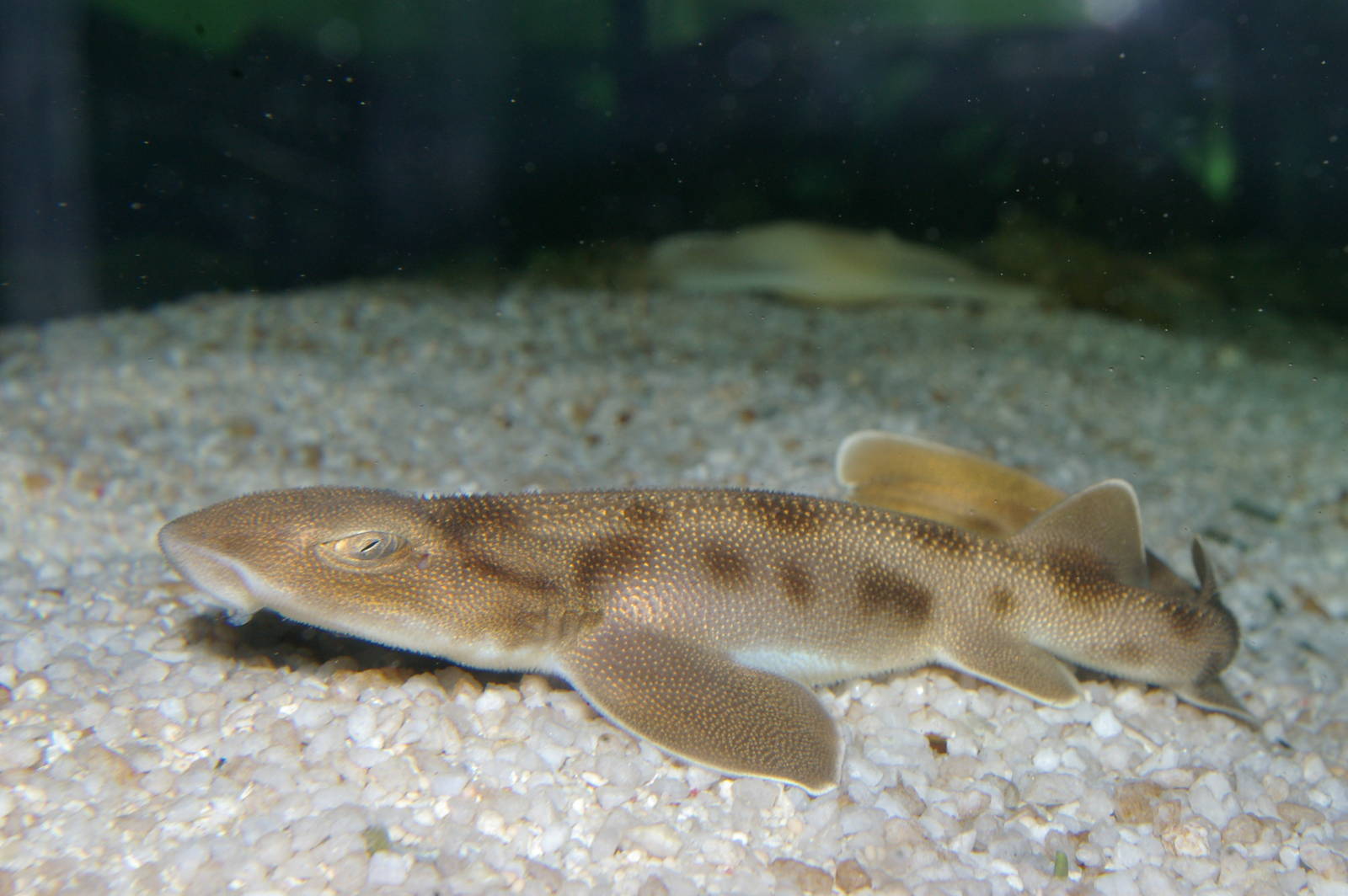


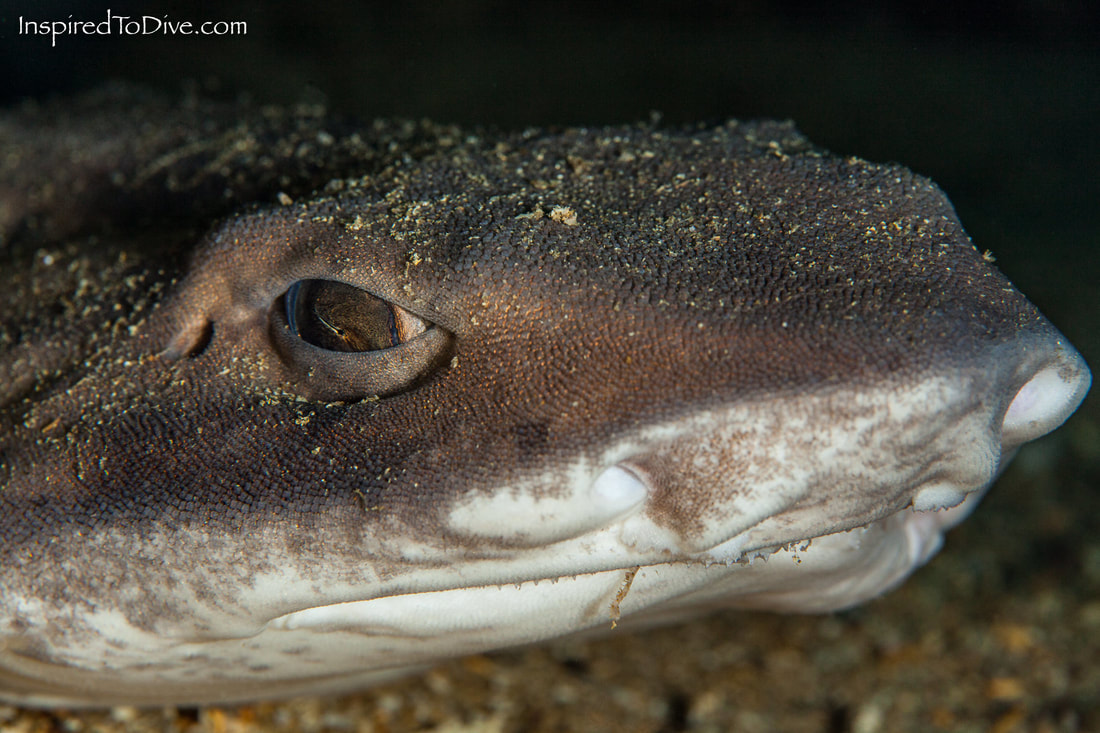
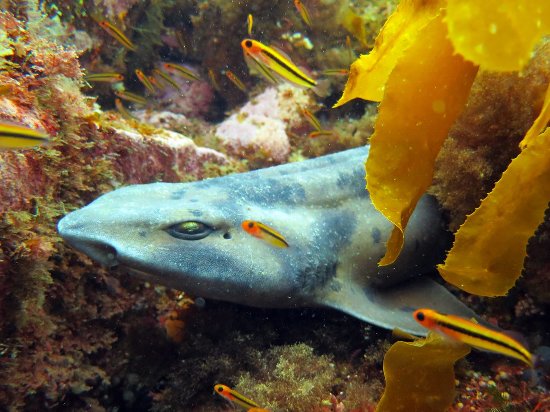


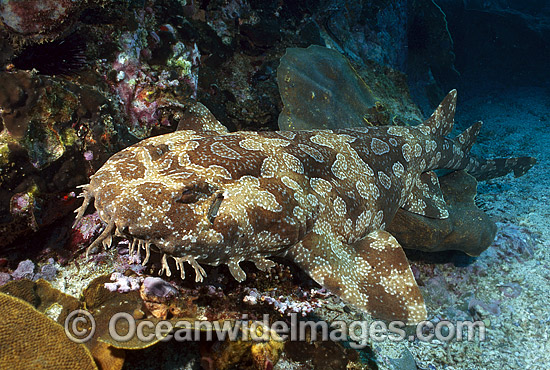
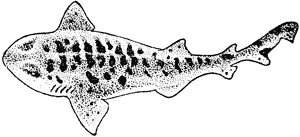
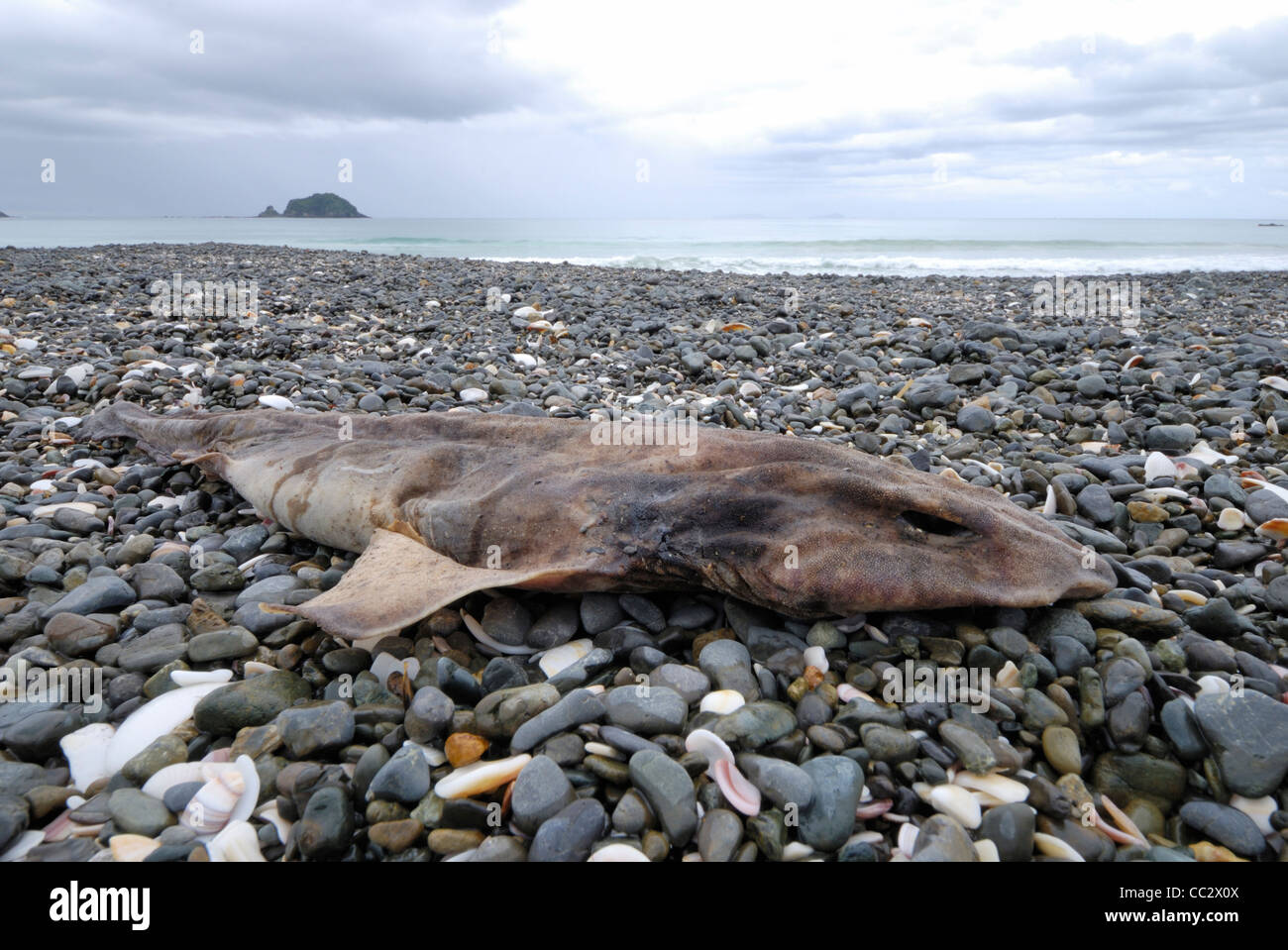




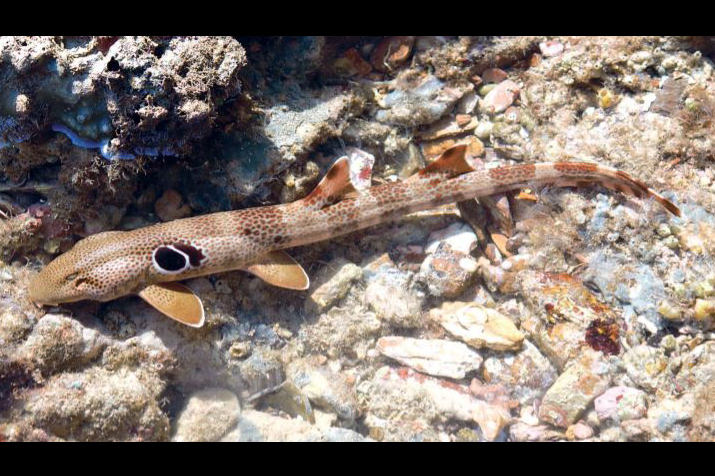


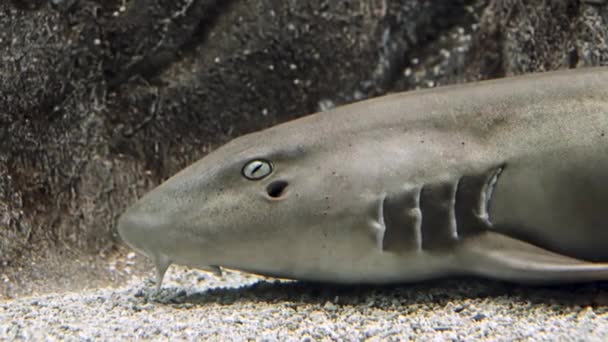

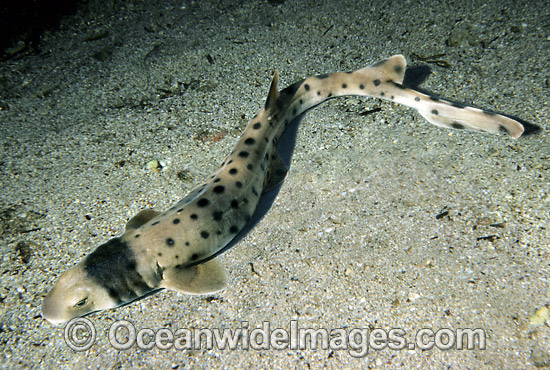

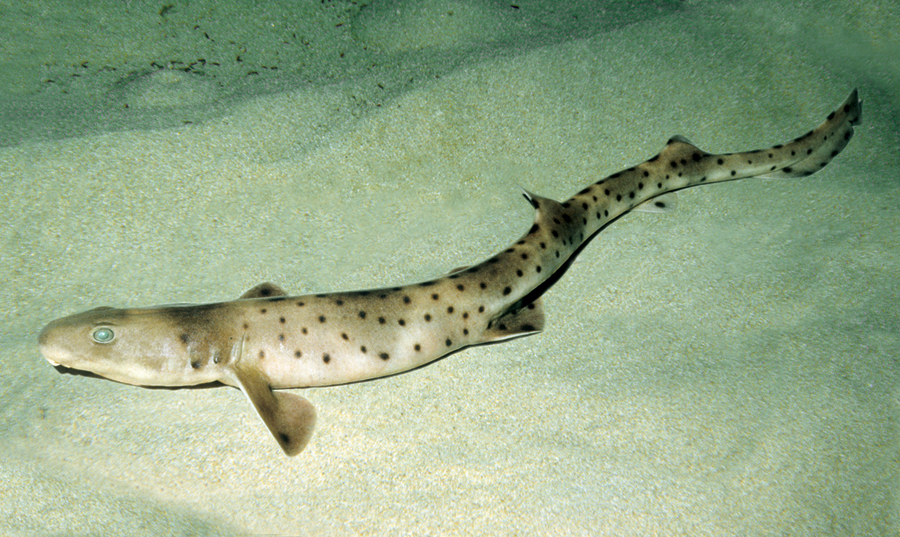
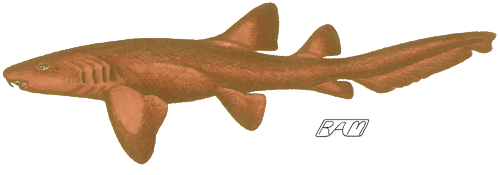

/arc-anglerfish-syd-prod-nzme.s3.amazonaws.com/public/TQLZ3PFEPNCEXDP6YLYXGCFCFE.jpg)
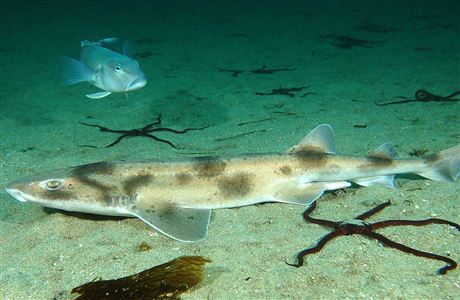

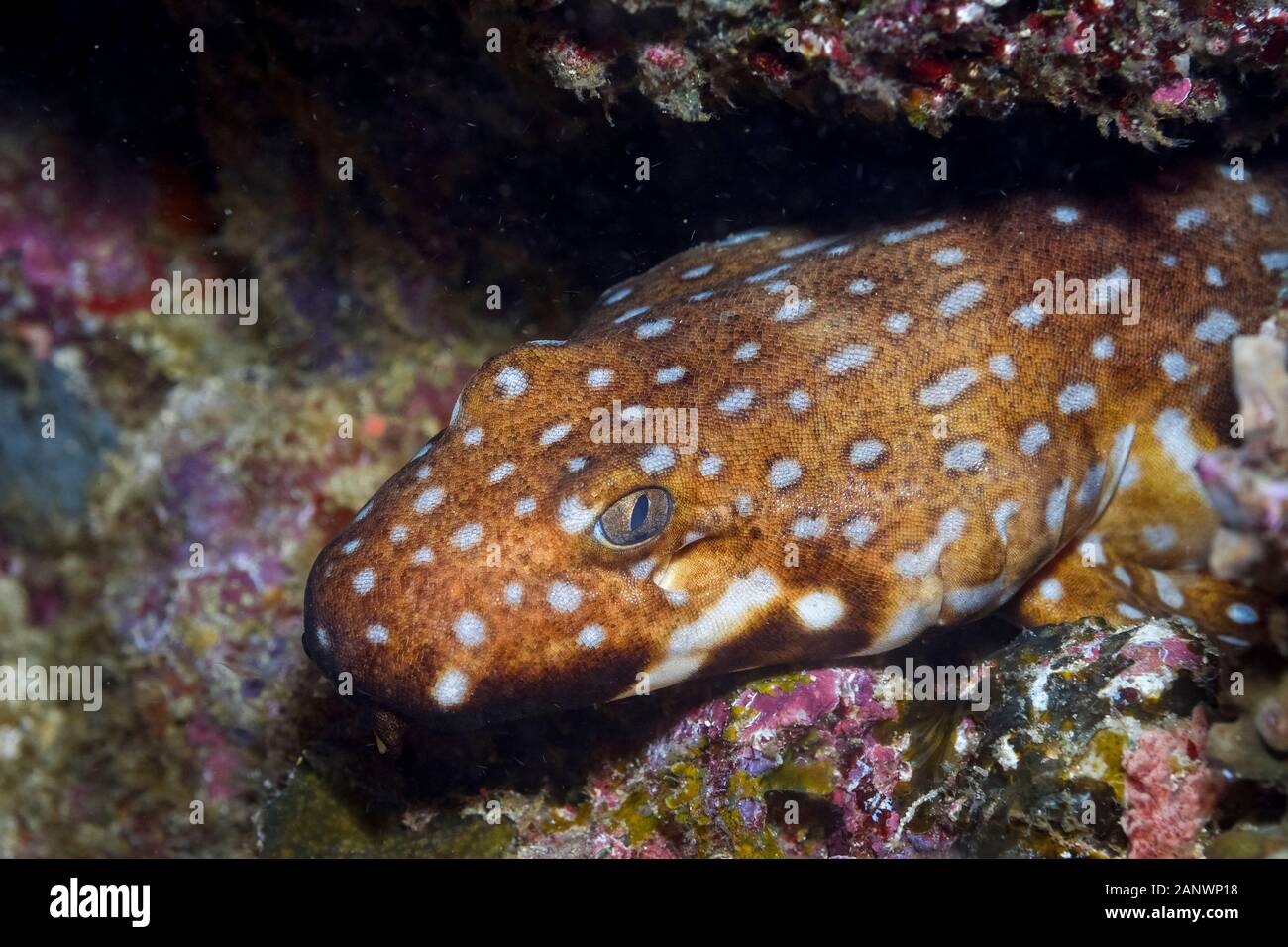



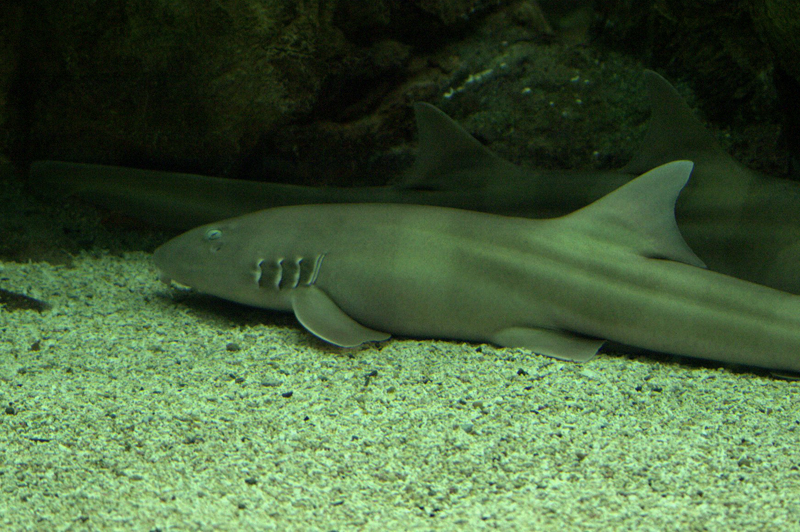
/arc-anglerfish-syd-prod-nzme.s3.amazonaws.com/public/E62UTMUARJFA5BIJL66HK7BA44.jpg)
